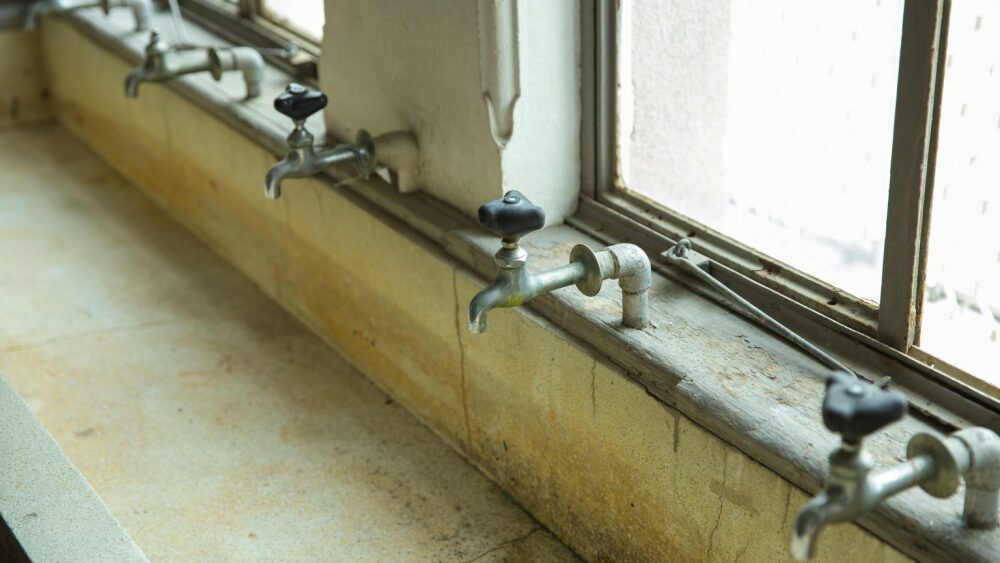Mold is a common household issue that can cause significant health problems and structural damage if left unchecked. As a homeowner, understanding how to prevent, identify, and remediate mold is crucial to maintaining a safe and healthy living environment. Here are some essential tips and information to help you tackle mold in your home.
What is Mold?
Mold is a type of fungus that thrives in damp, humid environments. It can grow on a variety of surfaces, including walls, ceilings, floors, and furniture. Mold reproduces by releasing tiny spores into the air, which can spread and grow into new mold colonies if they land on a suitable surface.
Health Risks Associated with Mold
Exposure to mold can cause a range of health issues, particularly for individuals with allergies, asthma, or weakened immune systems. Common symptoms include:
- Respiratory problems (coughing, wheezing, shortness of breath)
- Nasal and sinus congestion
- Eye, nose, and throat irritation
- Skin rashes
- Headaches and fatigue
Signs of Mold Growth
Identifying mold early can help prevent more extensive infestations. Look out for the following signs:
- Musty, damp odors
- Visible mold growth (black, green, or white patches) on walls, ceilings, or floors
- Water stains or discoloration on surfaces
- Peeling or bubbling paint or wallpaper
- Persistent dampness or condensation
Preventing Mold Growth
Prevention is the best way to deal with mold. Here are some tips to help keep your home mold-free:
- Control Humidity Levels: Keep indoor humidity levels below 60% by using dehumidifiers, air conditioners, or ventilation fans, especially in damp areas like basements, bathrooms, and kitchens.
- Fix Leaks Promptly: Repair any leaks in roofs, walls, or plumbing as soon as possible to prevent moisture buildup.
- Ensure Proper Ventilation: Use exhaust fans in bathrooms, kitchens, and laundry rooms to reduce humidity and improve air circulation.
- Clean and Dry Wet Areas: Promptly clean and dry any areas that become wet or damp, such as after a spill, flood, or heavy rain.
- Use Mold-Resistant Products: When renovating, consider using mold-resistant drywall, paint, and insulation to reduce the risk of mold growth.
Remediating Mold
If you discover mold in your home, it’s important to address it promptly. Here’s how:
- Identify and Eliminate Moisture Sources: Determine the source of moisture and address it to prevent further mold growth.
- Protect Yourself: Wear protective gear, such as gloves, goggles, and an N95 mask, to avoid exposure to mold spores.
- Remove Affected Materials: Remove and dispose of any porous materials (like drywall, insulation, or carpeting) that are heavily contaminated with mold.
- Clean and Disinfect: Clean non-porous surfaces with a mixture of water and detergent, then disinfect with a solution of bleach and water (1 cup of bleach to 1 gallon of water).
- Dry Thoroughly: Ensure the cleaned areas are thoroughly dried to prevent mold from returning.
When to Call a Professional
For extensive mold infestations or if you’re unsure how to handle the situation, it’s best to call a professional mold remediation specialist. They have the expertise and equipment to safely and effectively remove mold and prevent it from returning.
Mold is a serious issue that requires prompt attention to protect your health and home. By understanding the causes of mold, taking preventative measures, and knowing how to remediate it, you can keep your home safe and mold-free. Stay vigilant and address any signs of mold promptly to ensure a healthy living environment.

